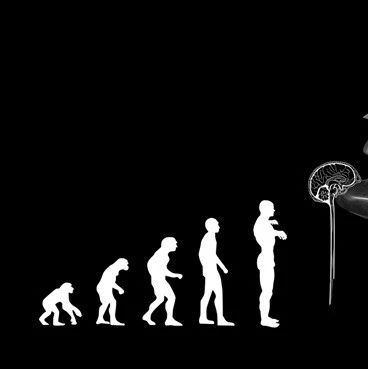导读:近期发表在JAMA 上的一篇论文显示,无痛性心肌梗死更易出现在女性身上。

心绞痛和心肌梗死胸痛可能出现的区域及放射区域
美国研究显示,与同年龄男性相比,女性心肌梗死(MI)患者更少出现胸痛症状并且有较高的死亡率,但这种MI胸痛症状和死亡率的性别差异随着患者年龄的增加而逐渐减小。论文发表于最近一期《美国医学会杂志》(JAMA)。
该观察性研究纳入14万余例MI患者(481581例女性,661932例男性),结果显示,MI患者中女性不出现胸痛症状的比例远高于男性(42.0%对30.7%,P<0.001),年龄和性别对胸痛症状的出现有着显著影响,年轻患者的性别差异较年老患者更为显著。女性患者的院内死亡率高于男性(14.6%对10.3%),不出现胸痛的年轻女性患者死亡率高于不出现胸痛的年轻男性患者,但这种差异随着患者年龄的增大有减弱和逆转趋势。年龄、性别和胸痛症状的出现与患者死亡率显著相关。

 Association of Age and Sex With Myocardial Infarction Symptom Presentation and In-Hospital Mortality
Association of Age and Sex With Myocardial Infarction Symptom Presentation and In-Hospital Mortality
John G. Canto, MD, MSPH; William J. Rogers, MD; Robert J. Goldberg, PhD; Eric D. Peterson, MD, MPH; Nanette K. Wenger, MD; Viola Vaccarino, MD, PhD; Catarina I. Kiefe, MD, PhD; Paul D. Frederick, MPH, MBA; George Sopko, MD, MPH; Zhi-Jie Zheng, MD, PhD for the NRMI Investigators
Context Women are generally older than men at hospitalization for myocardial infarction (MI) and also present less frequently with chest pain/discomfort. However, few studies have taken age into account when examining sex differences in clinical presentation and mortality.
Objective To examine the relationship between sex and symptom presentation and between sex, symptom presentation, and hospital mortality, before and after accounting for age in patients hospitalized with MI.
Design, Setting, and Patients Observational study from the National Registry of Myocardial Infarction, 1994-2006, of 1 143 513 registry patients (481 581 women and 661 932 men).
Main Outcome Measures We examined predictors of MI presentation without chest pain and the relationship between age, sex, and hospital mortality.
Results The proportion of MI patients who presented without chest pain was significantly higher for women than men (42.0% [95% CI, 41.8%-42.1%] vs 30.7% [95% CI, 30.6%-30.8%]; P < .001). There was a significant interaction between age and sex with chest pain at presentation, with a larger sex difference in younger than older patients, which became attenuated with advancing age. Multivariable adjusted age-specific odds ratios (ORs) for lack of chest pain for women (referent, men) were younger than 45 years, 1.30 (95% CI, 1.23-1.36); 45 to 54 years, 1.26 (95% CI, 1.22-1.30); 55 to 64 years, 1.24 (95% CI, 1.21-1.27); 65 to 74 years, 1.13 (95% CI, 1.11-1.15); and 75 years or older, 1.03 (95% CI, 1.02-1.04). Two-way interaction (sex and age) on MI presentation without chest pain was significant (P < .001). The in-hospital mortality rate was 14.6% for women and 10.3% for men. Younger women presenting without chest pain had greater hospital mortality than younger men without chest pain, and these sex differences decreased or even reversed with advancing age, with adjusted OR for age younger than 45 years, 1.18 (95% CI, 1.00-1.39); 45 to 54 years, 1.13 (95% CI, 1.02-1.26); 55 to 64 years, 1.02 (95% CI, 0.96-1.09); 65 to 74 years, 0.91 (95% CI, 0.88-0.95); and 75 years or older, 0.81 (95% CI, 0.79-0.83). The 3-way interaction (sex, age, and chest pain) on mortality was significant (P < .001).
Conclusion In this registry of patients hospitalized with MI, women were more likely than men to present without chest pain and had higher mortality than men within the same age group, but sex differences in clinical presentation without chest pain and in mortality were attenuated with increasing age.







